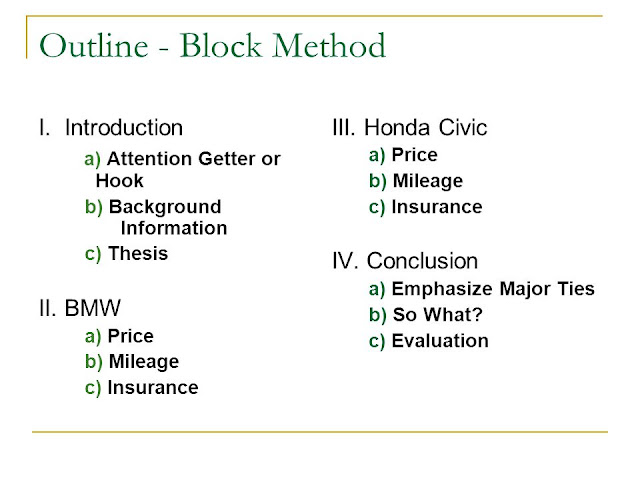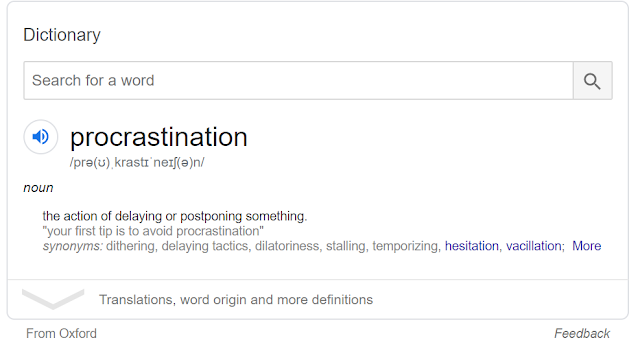Contents regarding this topic:
- Understanding Memory Processes
- Memory Strategies
- Understanding Concentration Strategies For Improving Concentration Reading/Study System (SQ3R)
Activity 6: Answering Question:
We have been given several question by our lecturer, Dr. Agustono and these questions can only be answered 'Yes' or 'No'
"Remembering is hard work, and memory techniques do not necessarily make it easy, they just make it more effective"
Quote by Kenneth L.H., 1996
The Cone of Learning:
Dr. Agustono Wibowo have taught me the definition of memory, the purpose of our brains, how we received information and the necessity of using various kinds of learning, using and processing the information properly.
Memory is the retention of information over time (Sandtrock, 2011) or the mind stores and remember information (mental processes/cognition) like a software in our devices.
Brain is the organ, like a computer hardware.
When we learn, and remember, we will record, encode and retrive the information our brain received. This is the reason a computer is being used as an analogy.
For example:
Computer- Microphone, Scanner, Mouse, Touch Screen,
Keyboard, Track ball, Camera, Web cam.
Human- our five sensory organs - Skin, Tongue, Eyes, Ears,
Nose
Computer: Hard drive, thumb drive.
Human: 3 types of memory - Sensory Memory (SM),
Short-term Memory (STM), Long-term Memory
(LTM).
Computer: Monitor, Printer, Projector, Speaker, Headphone,
Plotter.
Human: Writing, Walking, Talking, Moving.
3 Types of Memory:
1. Sensory Memory (SM)
Sensory memory is the shortest-term element for memory. Our brain perceives and process the information that humans receive from their sensory organs. It acts of a kind of buffer for stimuli received through the five senses of sight, hearing, smell, taste and touch. However, the stimuli our brain received can either be ignored or perceived.
2. Short-term Memory (STM)
Short-term memory is for recalling the information temporary which can be processed at any point of time. It can be thought of as the ability to remember and process the information at the same time.
3. Long-term Memory (LTM)
LTM is intended for storage of information over a long period of time. It seems likely that long-term memory actually decays over time, and can store what seems to be seemingly unlimited amount of information in our brain.
Activity 7: Close your eyes and write down how many numbers we remember:
We have been instructed by our lecturer to look at certain numbers that were shown to us in UED Class for 5 seconds and write down how many numbers we remember:
I have only managed to write down 5 numbers. This proves my short-term memory is normal
MEMORY LEARNING:
How forgetting could occur in certain situations:
- Did not pay attention to the information.
- Did not understand the information.
- Cramming (last minute study)
- Did not have any good learning strategies.
- Having negative thought about oneself
- Did not make thorough preparation for exam.
- Inteference.
3 Factors That Affect Memory:
1. Capacity:
- It is suggested that memory capacity increases with our physical age, which can also confound with knowledge. A memory-span task shows, the digit span for college students is about 7.98 units, whereas for 5 year-olds is about 5 units.
2. Knowledge
- The more knowledge you have, the easier you make links to information, which make remembering easier.
3. Strategy
- Your memory strategies determine how much you can remember. The use of strategies increases with age.
1. Space practice:
This method is reccommended for students. This method involves space time over some period of time of studying. Spaced practice or distributed practice allows time for the information to consolidate in long-term memory. Taking breaks between learning session allows you to think and organize the information.
2. Break Reading Material Down For Some Period of Time.
3. Repeat the Information Many Times
4. Elaboration Strategies
To associate, or to connect each word or event with a person, place, thing feeling or situation.
Example:
Universiti Teknologi MARA (UiTM)
carnivores- animal eater
herbivores- plant eater
omnivoures- animal and plant eaters
Visualize the image needed for the information.
- Organizational Strategies
Organize the materials, for example, animals can be divided into three types of classes which are mammals, reptilias, and amphibias
- Comprehension Monitoring Strategies
-Need to comprehend materials being read.
-SQ3R will be a good strategy.
Memory Strategies:
There are multiples memory strategies that can utilized by college students, such as:
1. Mnemonic Peg
Associate an item with colour, numbers, alphabets, sound, taste, movement, size, shape and smell. Essentially, items are pegged to known information.
2. Story Method (Mnemonic Link)
Each item to be memorized is to linked to the one after it, in a story.
3. Active Recall & Mistake Making
Repeating Water is H2O is less effective than asking "What is water's content?" which activates information retrieval. Answering wrongly reinforces memory when a correct answer is given right after.
4. Memory Palace (Method of Loci)
Place each item to be remembered at a point along an imaginary journey. Recall it in a specific order by retracing the same imaginary journey.
5. Teaching Others
CONCENTRATION
Causes of Poor Concentration:
- Lack of attention
- Lack of interest
- Lack of motivation
- Distraction from others
- Uncomfortable environment.
- Physiological matters such as dizziness or illness
- Physiological matters such as worries and anxieties.
Strategies to Improve Concentration:
- Use motivational & organizational strategies
- Create a clean and arranged learning environment
- Deal with internal distractions beforehand.
- Use active learning strategies.
- Match your learning style to the task.
- Always monitor your own concentration.
Activity 8: Concentration Chart
Our lecturer asked us to do a concentration chart. Here's mine below:
SQ3R:
SURVEY-QUESTION-READ-RECITE-REVIEW
SQ3R is a comprehension strategy that faciliates students think about the test they are reading. As a study tragedy, SQ3R helps students "get it" the first time they read a text by teaching students how to read and think like an effective reader.



































